Editor’s note: If you have watched this or any other Wisconsin in Black & White report, please share your feed back in a survey at pbswisconsin.org/wibw-survey. Thank you.
Nathan Denzin:
Owning a home has always been key to the American dream. According to the U. S. Department of Housing and Urban Development, “Homeownership is a pillar of wealth building for most families, a source of wealth that can be passed down to future generations.”
Dr. Anne Bonds
Having the ability to purchase a home and live where one chooses is, you know, should be a fundamental right.
Nathan Denzin:
As African Americans moved to Wisconsin in large numbers after World War II, they entered a segregated housing market.
Dr. Derek Handley
When we think about racism, when we think about Jim Crow, we have a tendency to focus on the South, when it was universal throughout the United States.
Nathan Denzin:
Including here in Wisconsin, where starting around 1900, racism was built into home ownership.
Dr. Anne Bonds
Racially restrictive covenants were clauses that were inserted into property deeds that prevented people who were not white from owning, buying, or occupying property.
Nathan Denzin:
Anne Bonds and Derek Handley are professors at UW-Milwaukee, where they map old covenants in the city of Milwaukee and its surrounding suburbs.
Dr. Anne Bonds
By 1928, about half of all homes that were owned by white people in the United States had some sort of a restrictive, racially restrictive covenant.
Nathan Denzin:
Often, restrictive covenants had sweeping language. Derek Handley reads this one from Wauwatosa.
Dr. Derek Handley
Number eight, “Ownership and occupancy by members of white race only. No lot in said subdivision shall be conveyed or leased to or occupied by any person who is not a member of the white race. This prohibition is not intended to include domestic servants while employed by an owner or occupant of any such lot.” So now African Americans have limited areas in which they can live, in which they can spread. And so now they’re gonna be crowded into one area.
Dr. Christy Clark-Pujara
Black people who come during the Great Migration are already coming to a space that has a history of anti-Blackness, that has a history of racism. These are the people who are shaping the texture of your life.
Nathan Denzin:
Dr. Christy Clark-Pujara, a UW-Madison history professor, also works with the Madison organization Nehemiah. She’s an instructor in its “Justified Anger: Black History for A New Day” course. The nine-week course teaches the community about race, history, and justice.
Dr. Christy Clark-Pujara
Housing is critical because this idea of being able to pay the same amount, month after month, for 30 years with little to no money down transformed American life.
Nathan Denzin:
While restrictive covenants were made unenforceable by a 1948 Supreme Court ruling, they continued to be added to property deeds.
Dr. Anne Bonds
After 1948, we have examples of deeds in the 1950s, and the latest one we found so far is 1962.
Nathan Denzin:
Even though covenants fell out of use in the ’60s, other long-standing tools of racial segregation, like redlining, continued to carve up neighborhoods.
Reggie Jackson:
The term redlining comes from a set of maps that were drawn by the federal government.
Nathan Denzin:
Reggie Jackson educates people about diversity. He says that the redlining maps weren’t common knowledge.
Reggie Jackson:
They were, for the most part, secretive maps. Nobody really knew they existed other than bankers and some realtors.
Prof. Kurt Paulsen:
And so the Home Owners’ Loan Corporation in 1933 and the Federal Housing Administration in 1934 adopted a mechanism where they drew lines on a map.
Nathan Denzin:
UW-Madison professor Kurt Paulsen is a historian of urban planning.
Prof. Kurt Paulsen:
What redlining said was who could get a mortgage refinanced.
Nathan Denzin:
Redlining maps, like this one drawn for Milwaukee in 1938, divided cities into four grades. Green areas were considered the best place for banks to invest in, while red areas were deemed hazardous and not worthy of additional investment.
Prof. Kurt Paulsen:
One of the criteria that the FHA and the Home Owners’ Loan Corporation used was the presence of what they call, quote, “inharmonious racial groups.”
Reggie Jackson:
Neighborhoods where Black people live were always redlined, and so what that meant was it was exceptionally difficult to become a person who could get a traditional bank mortgage to purchase a home or a business property.
Prof. Ion Meyn:
What that meant was that a Black person, if they moved into a yellow or a blue zone, would change that neighborhood to a red zone, and all of a sudden, that white person’s property would be, would lose huge value.
Nathan Denzin:
UW Law School professor Ion Meyn says the patterns of segregation we see today stem from these policies.
Prof. Ion Meyn:
So a Black person became a threat to white wealth and it created hyper segregation.
Prof. Kurt Paulsen:
And it not only created disinvestment in older urban neighborhoods, it facilitated suburban development.
Nathan Denzin:
Because redlining maps sent government subsidies to the suburbs, urban communities were left with old housing and high prices.
Dr. Christy Clark-Pujara
In many cases, Black people in deteriorating and urban neighborhoods were paying more in rent than white families were paying in the suburbs.
Reggie Jackson:
That means that Blacks have been left out of the ability to build generational wealth.
Prof. Kurt Paulsen:
And what you have is basically a system of state-sanctioned apartheid.
Reggie Jackson:
And I remember as a kid, you know, hanging out here, riding my bike around Milwaukee, and I never saw white people because everybody in the neighborhood was Black. I didn’t really understand it when I was a kid. I just, you know, it’s just the way it is.
Nathan Denzin:
Reggie Jackson has lived in Milwaukee for most of his life and takes people on segregation tours of the city. We joined him to see the lines of segregation up close.
Reggie Jackson:
One of the best ways to see the segregation of Milwaukee is to visibly just drive along one of our main streets, North Avenue.
Nathan Denzin:
He says the Milwaukee River is one of the largest invisible borders.
Reggie Jackson:
Once you cross from the west to the east across the river, you know that you’re not gonna see a residential area that has anything other than white people in it, for the most part. Developers not trying to build homes in this part of town. It’s a really, really a sad situation to me.
Nathan Denzin:
Jackson says that in order to restore Black neighborhoods in Milwaukee, investments in jobs and affordable homes are a must.
Reggie Jackson:
Clearly missing is the fact that people can’t afford to become homeowners. People aren’t making enough money.
Nathan Denzin:
But Jackson says that in order to capture investment for the future, we have to look at how we got here.
Dr. Derek Handley
Ours is a complicated history, and we can’t hide from it. We have to understand it; think we have to learn from it, and we have to grow from it.
Nathan Denzin:
For Here & Now, I’m Nathan Denzin.
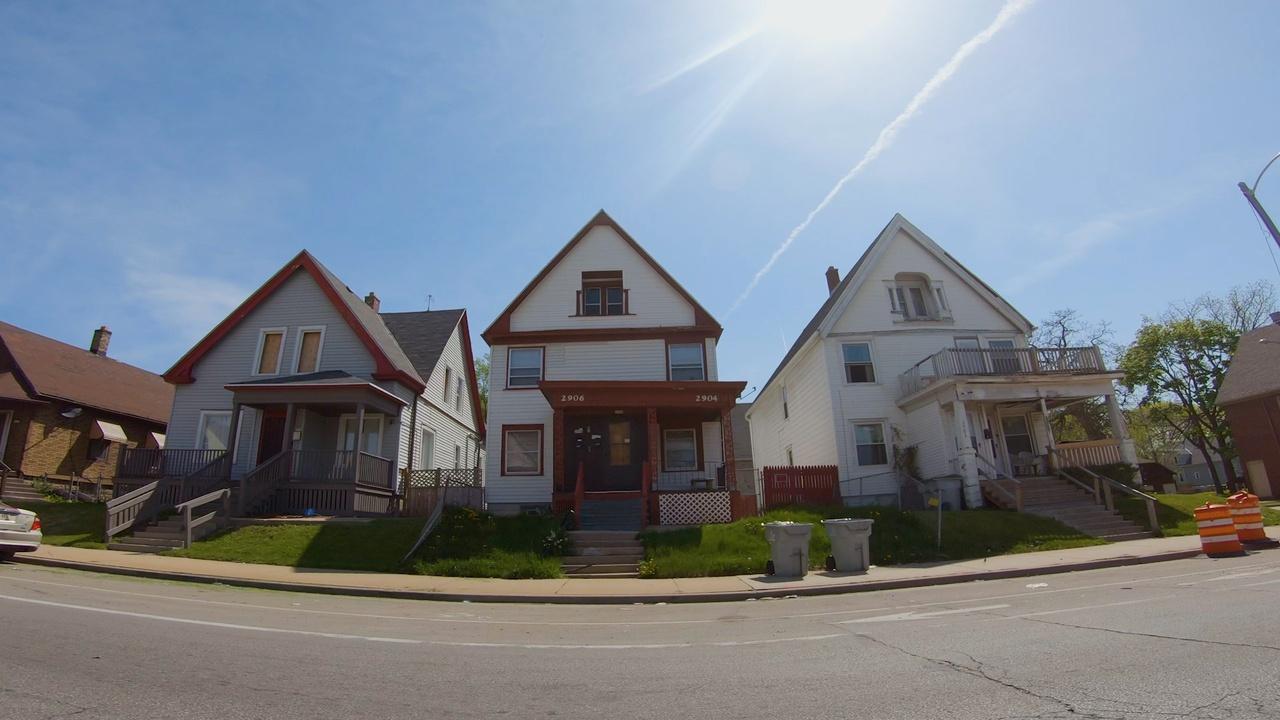
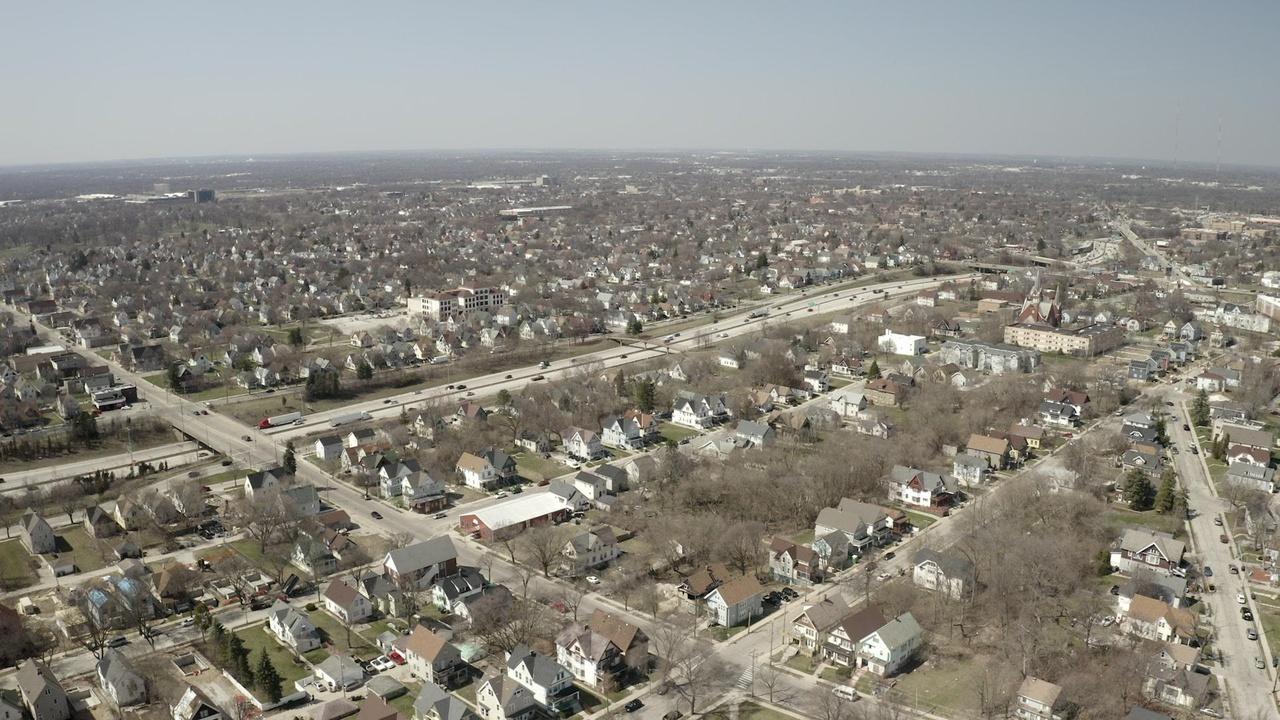
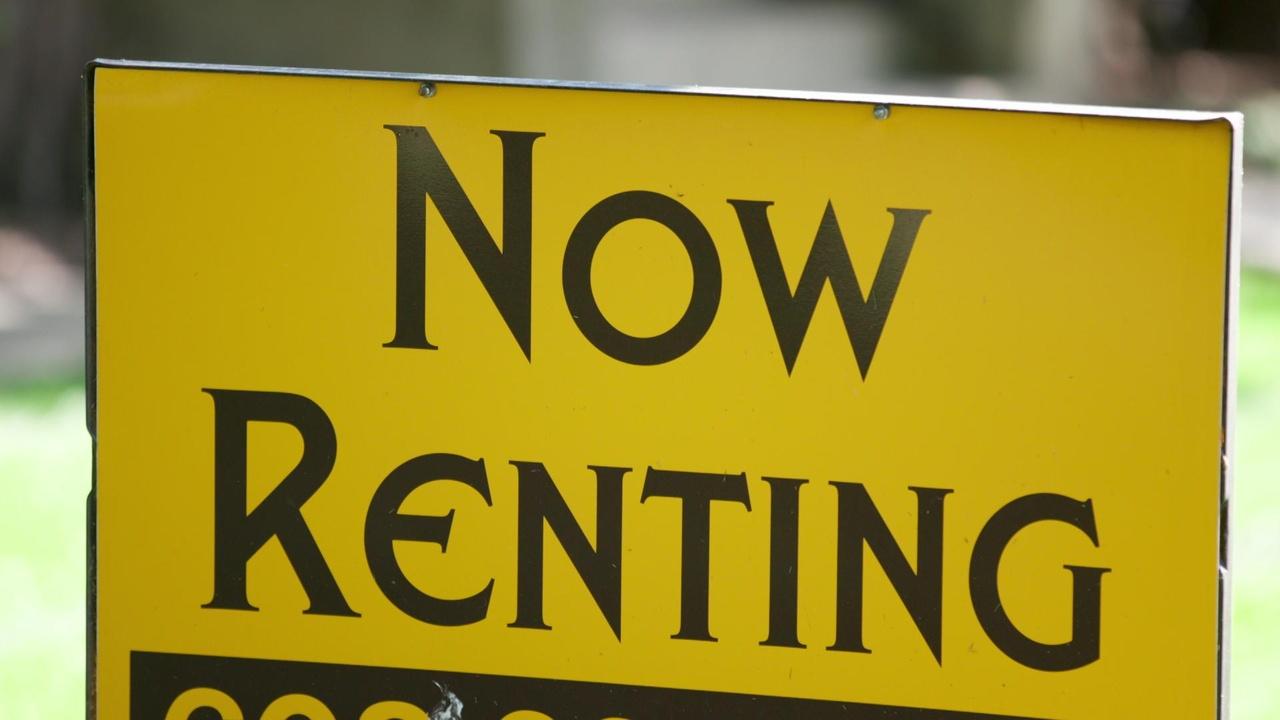
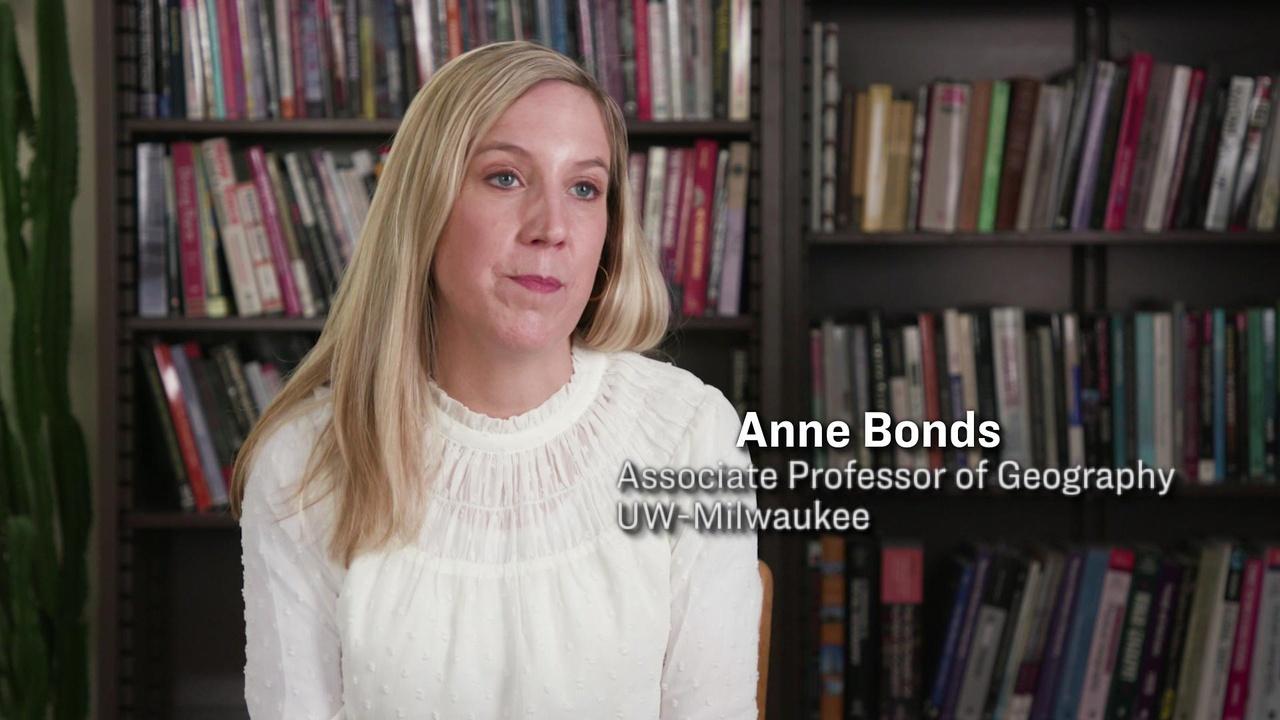
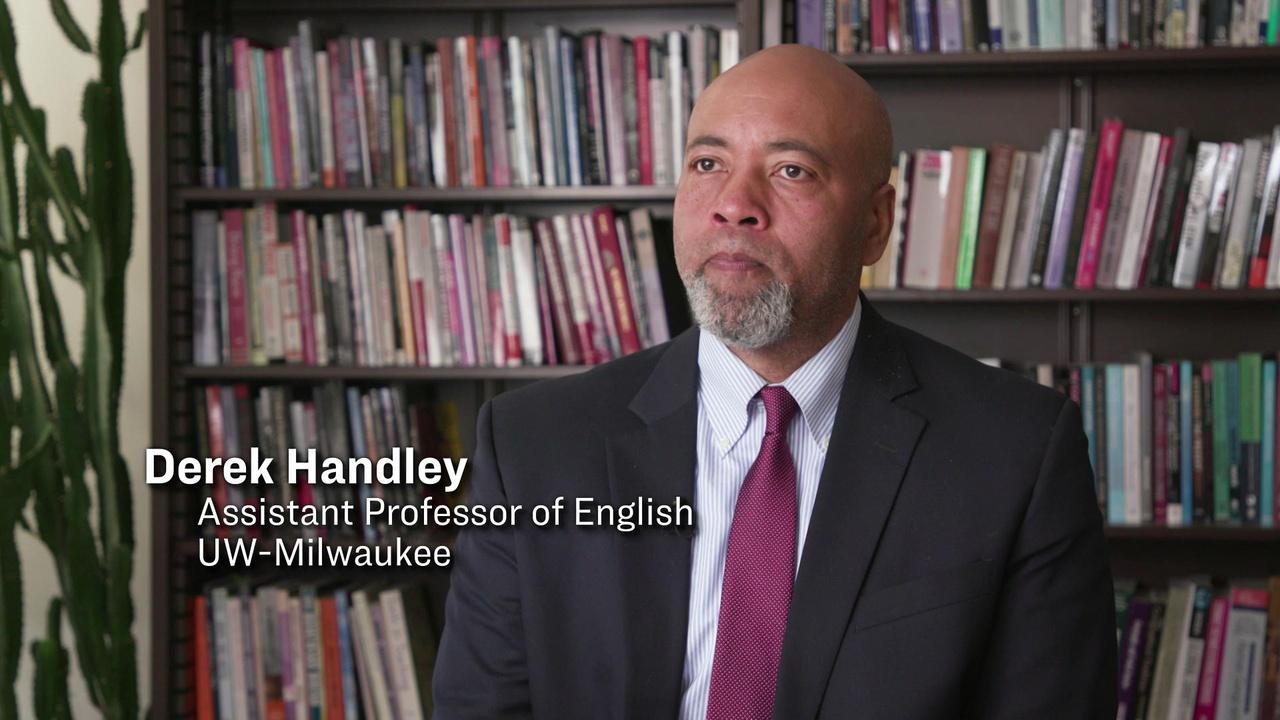
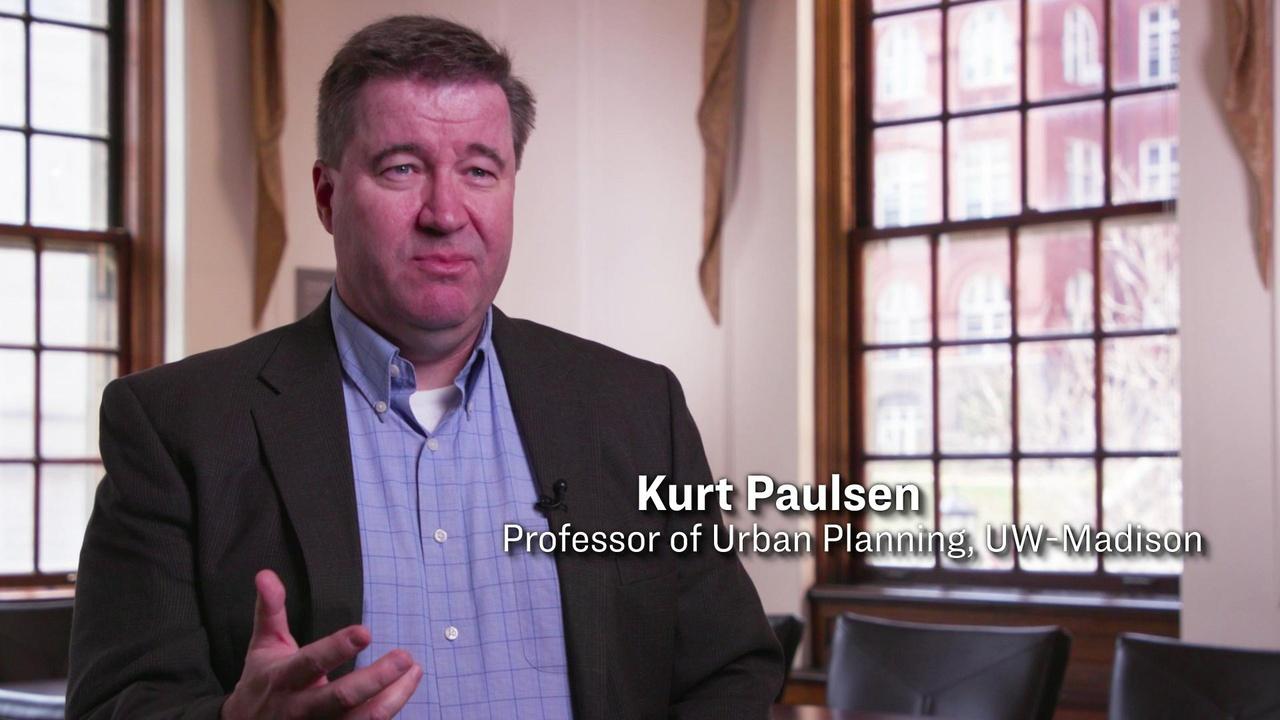
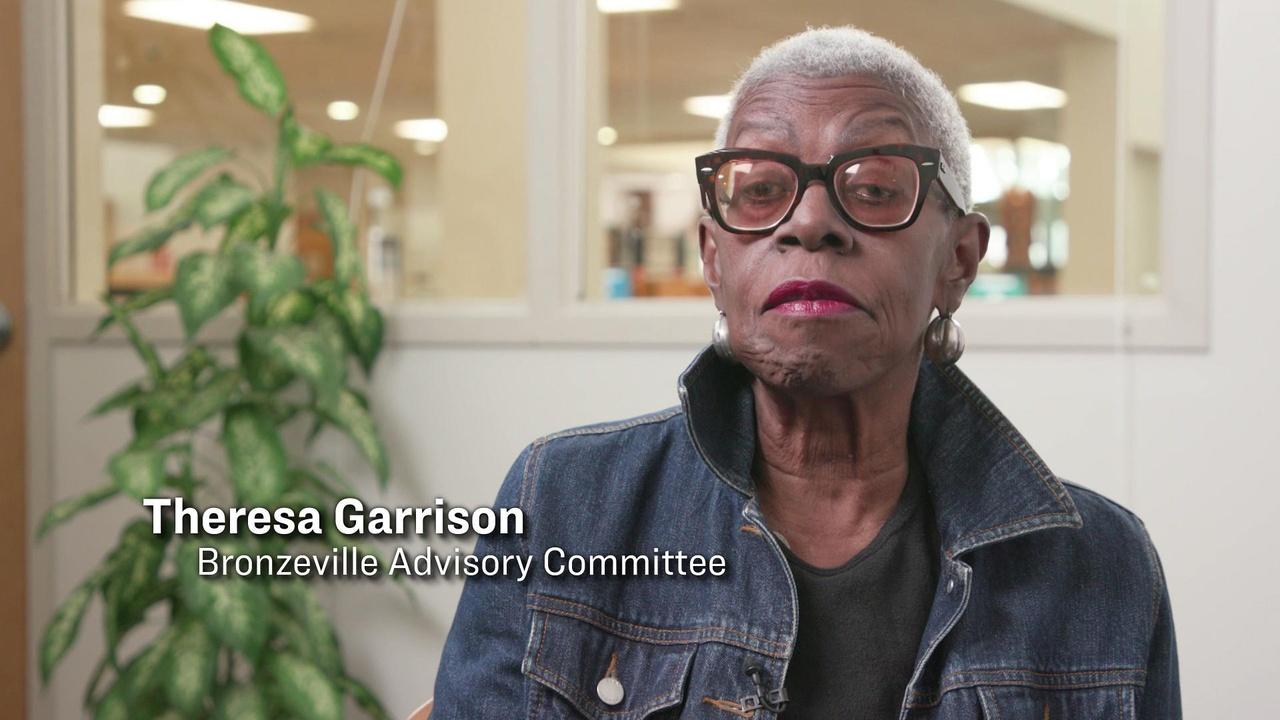
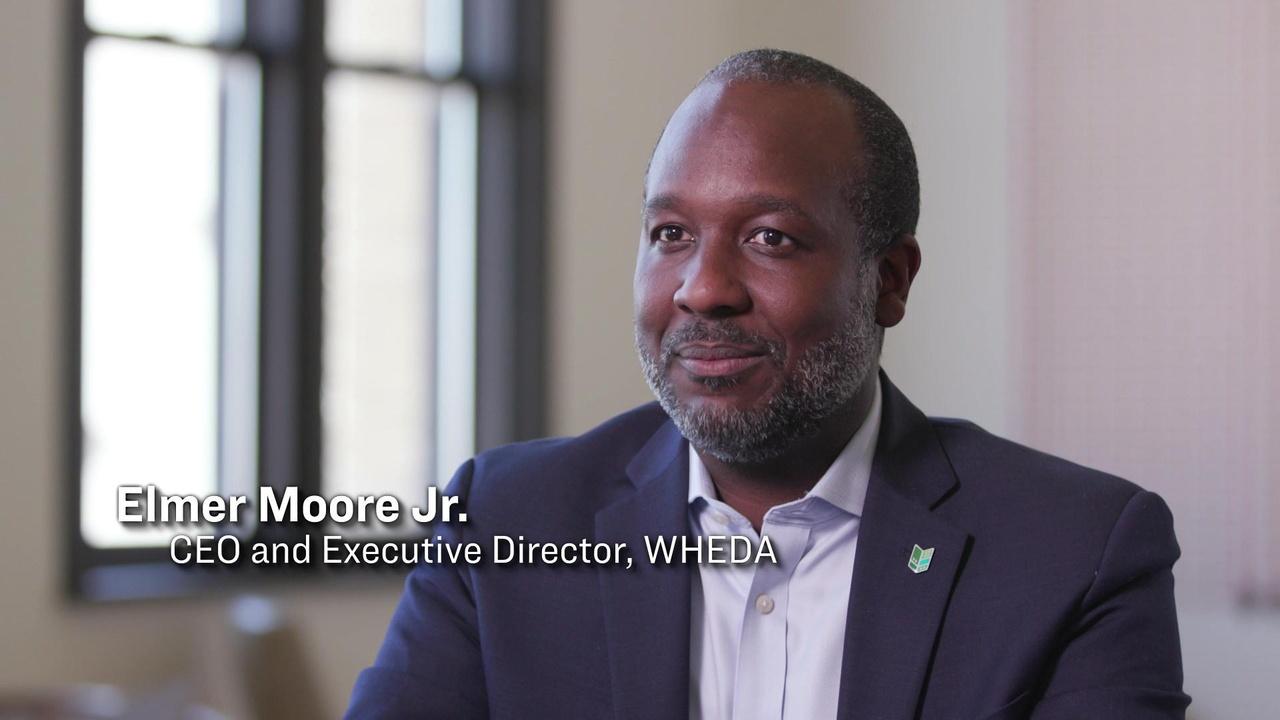
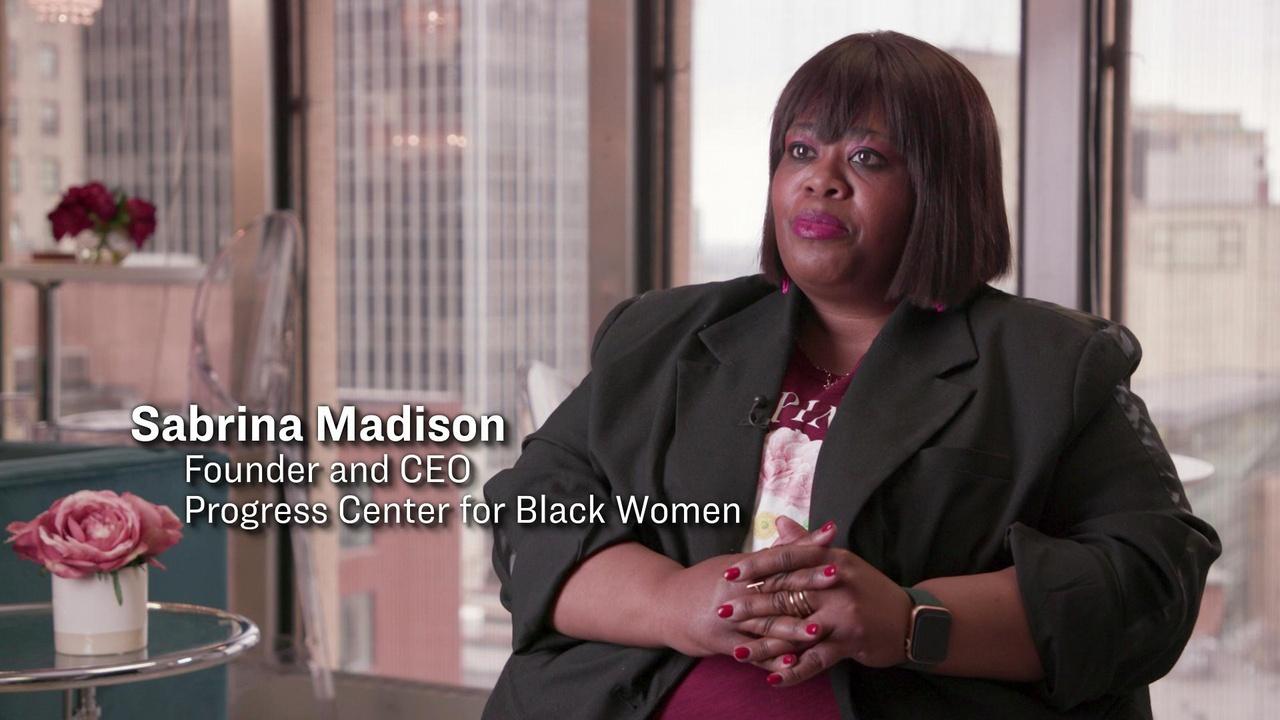
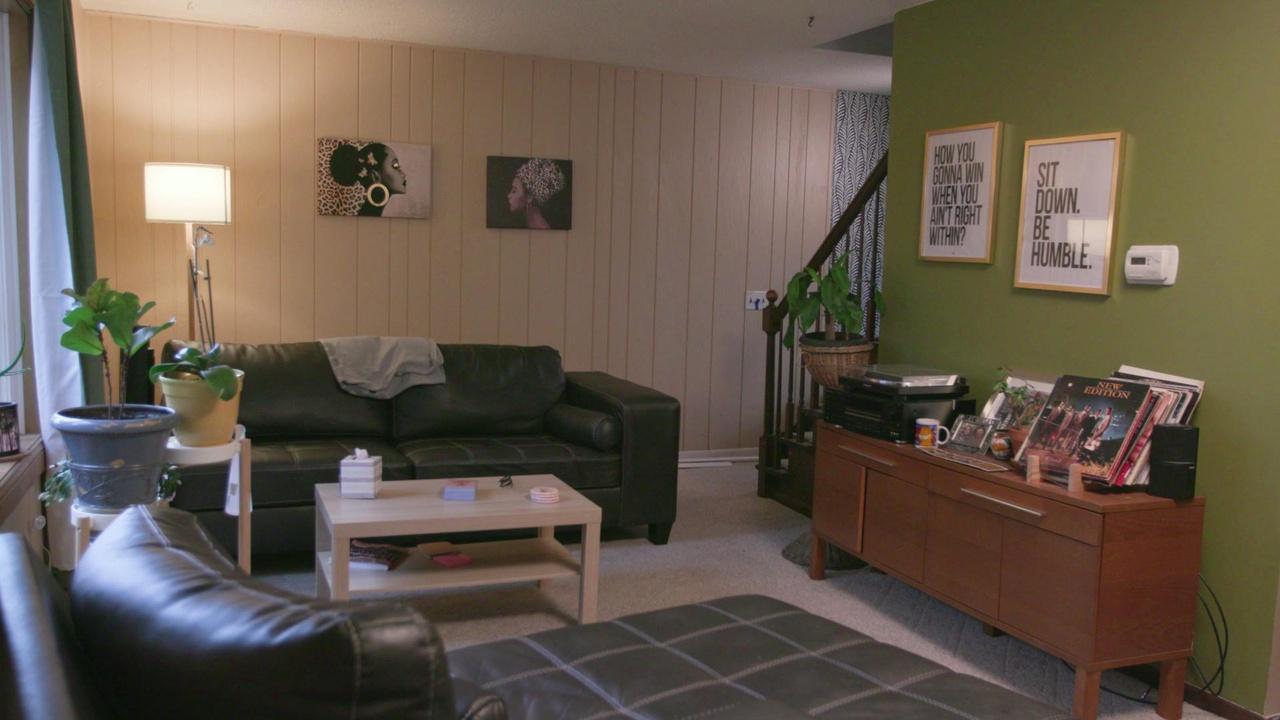
 Passport
Passport






Follow Us